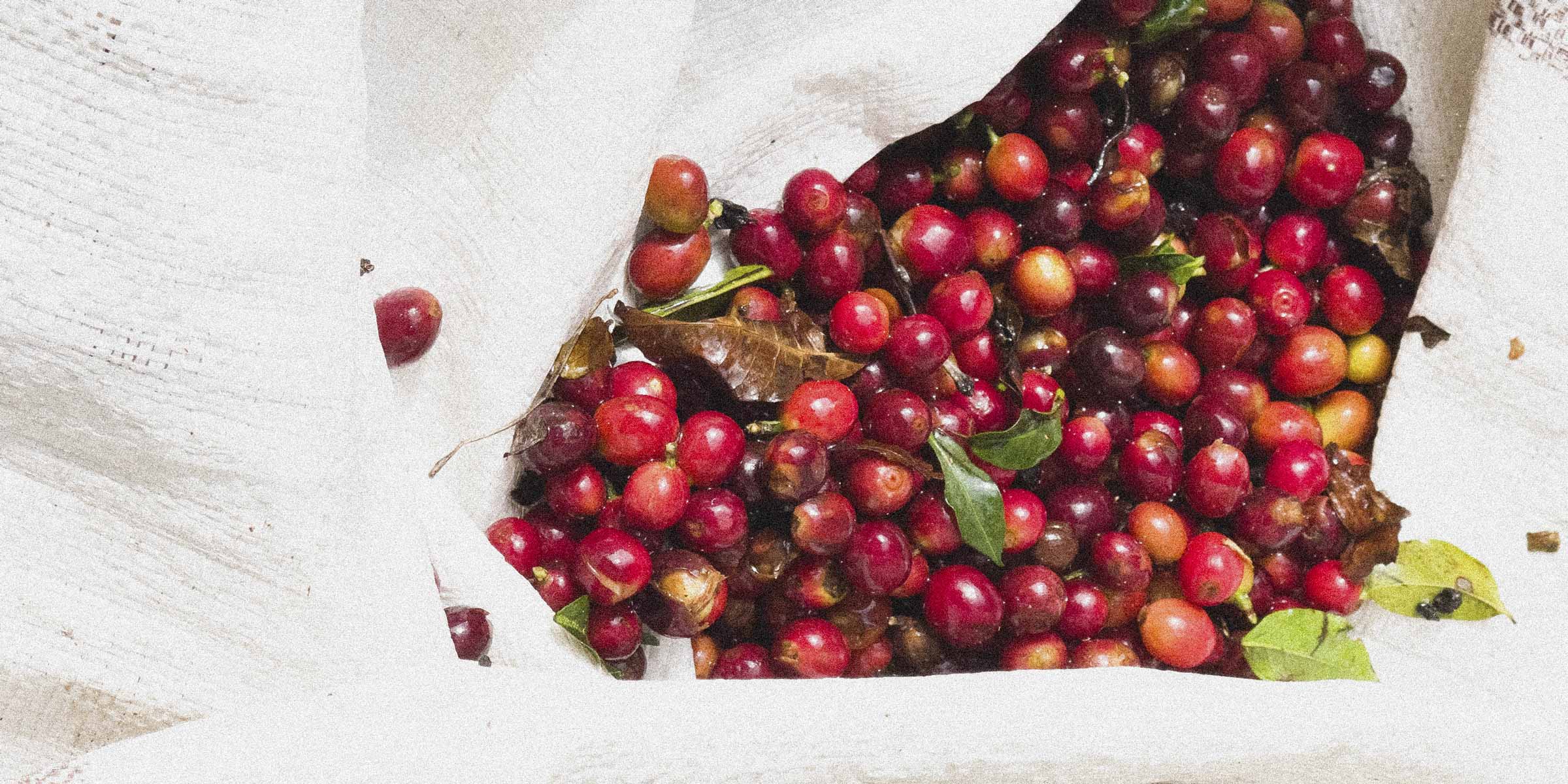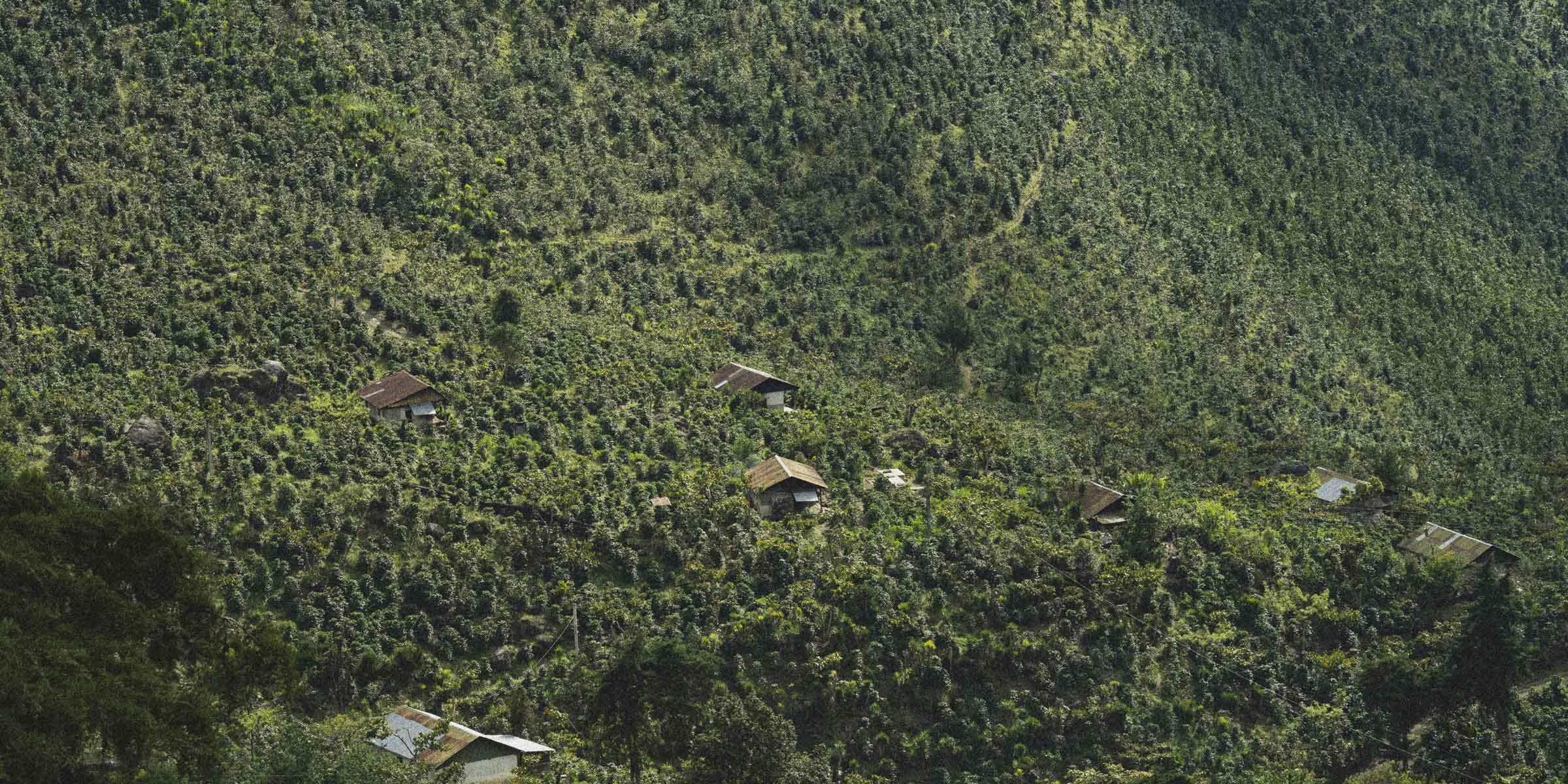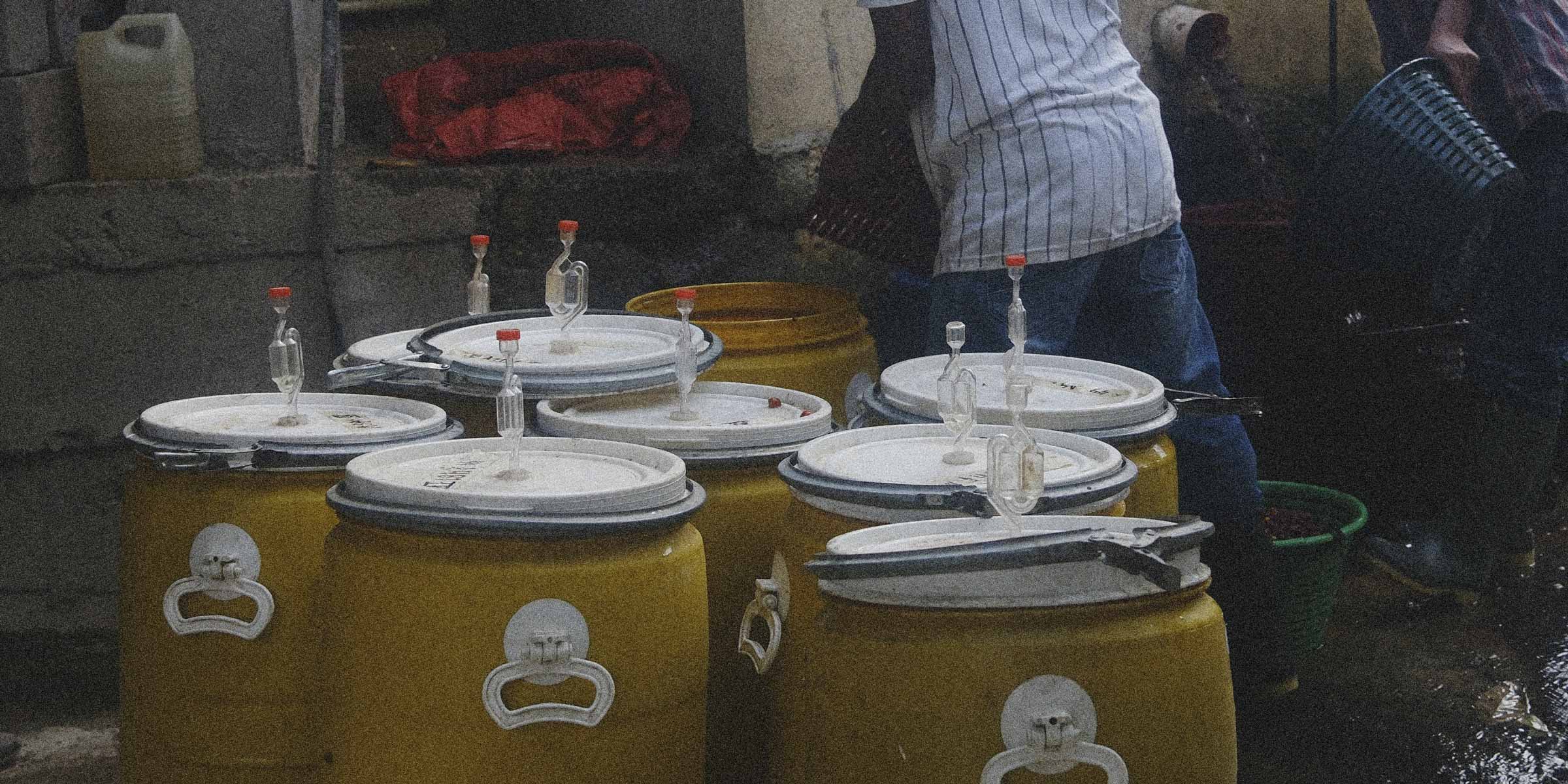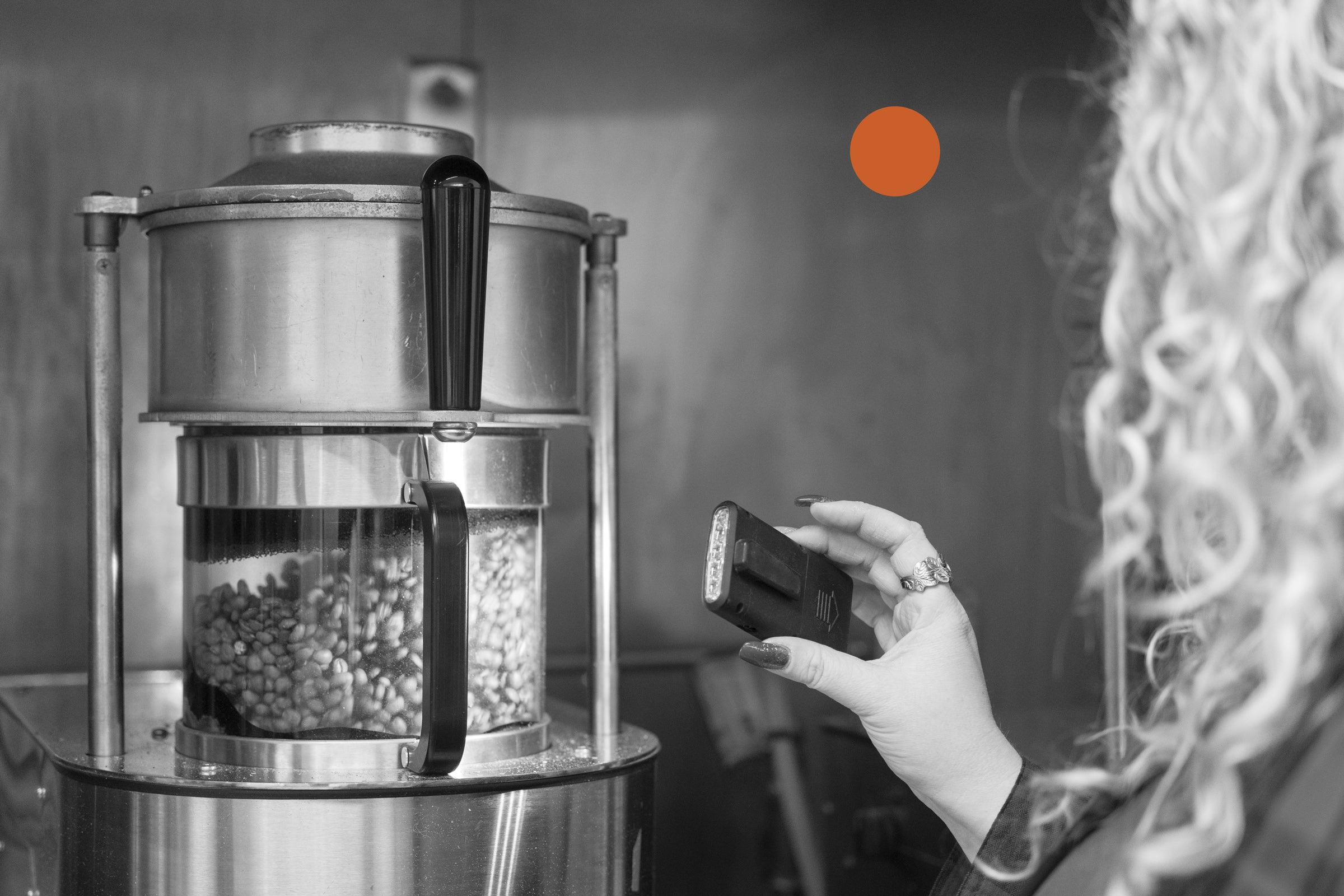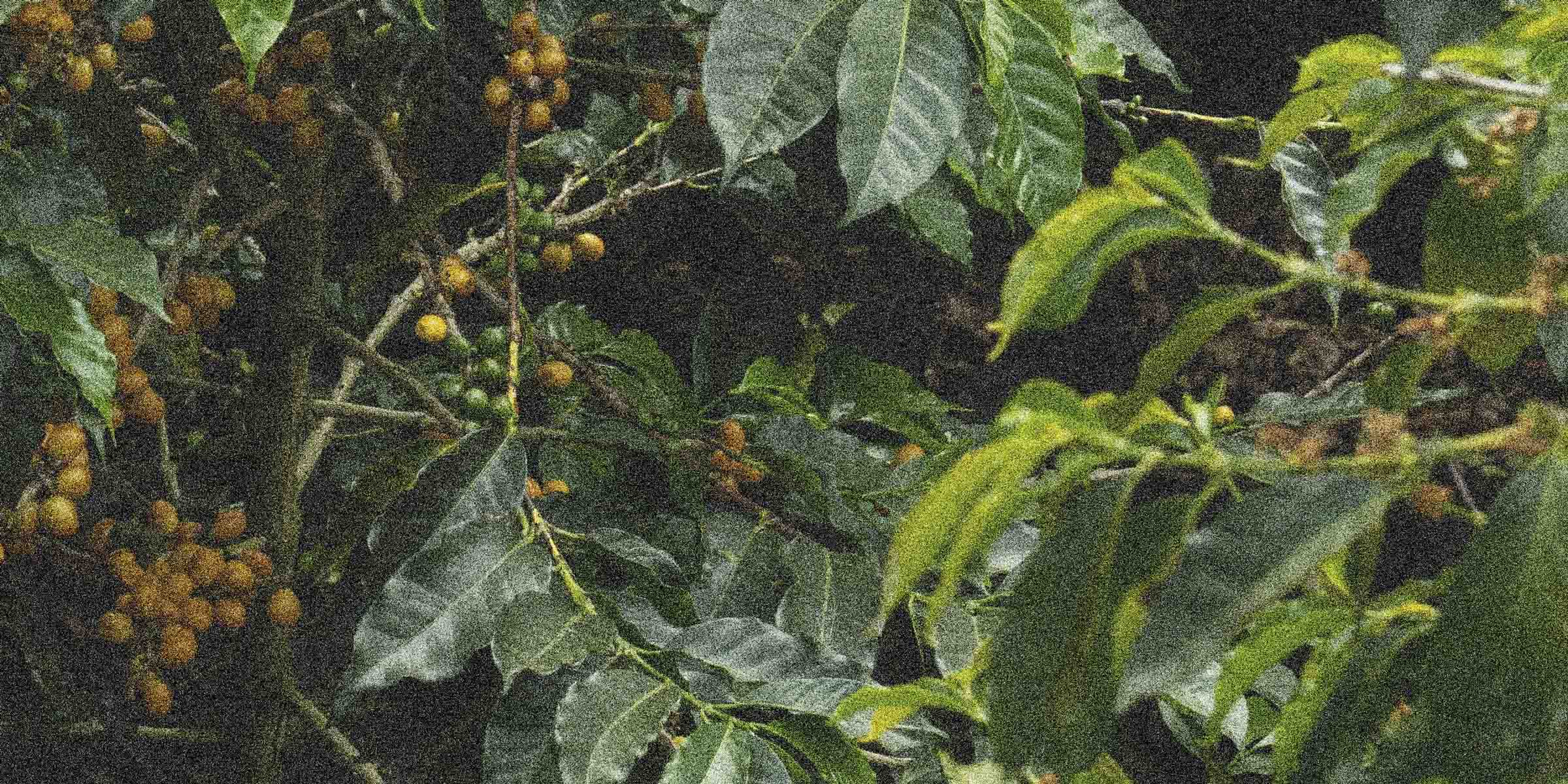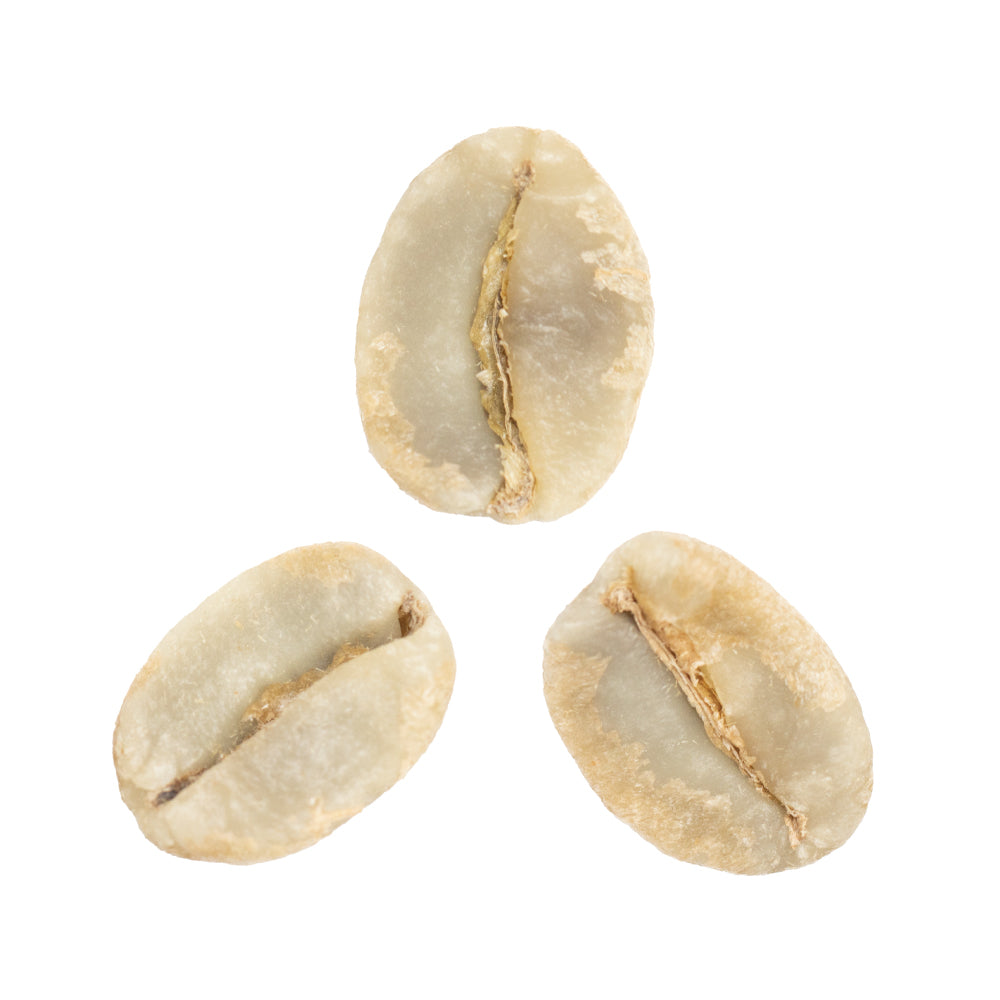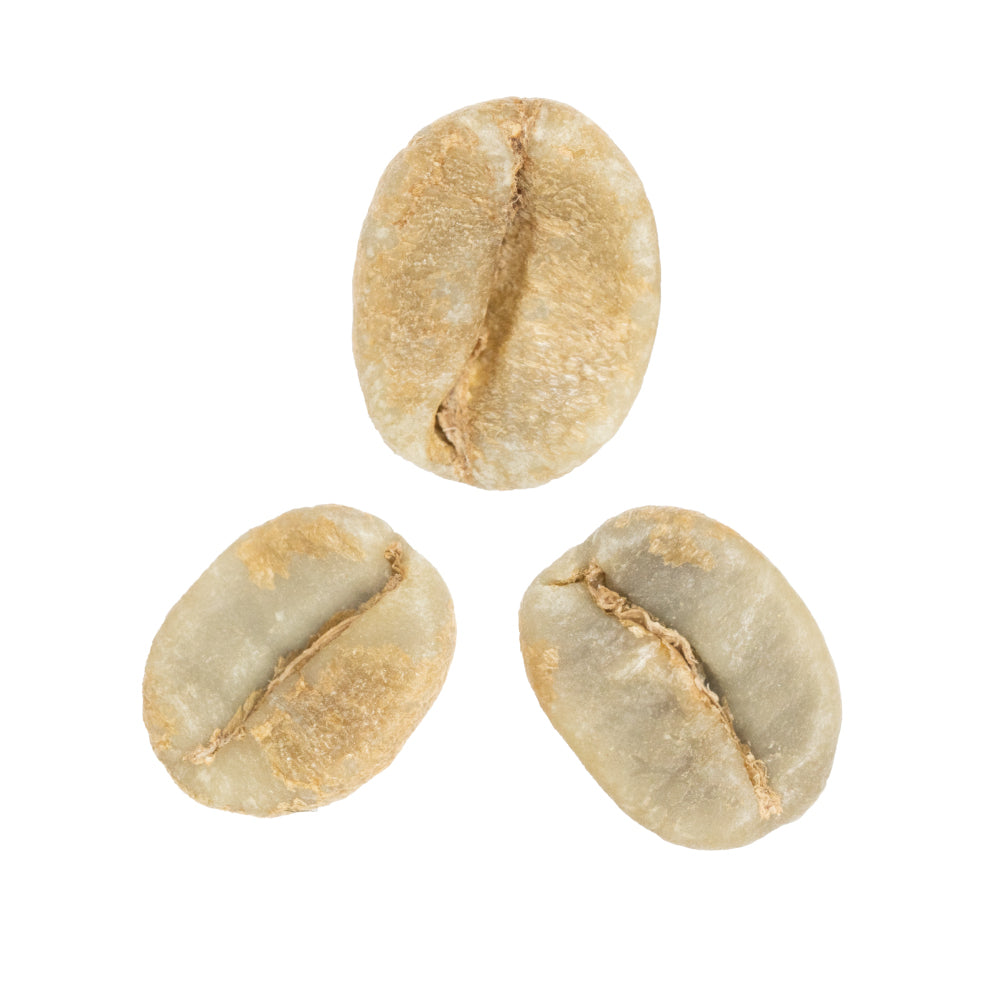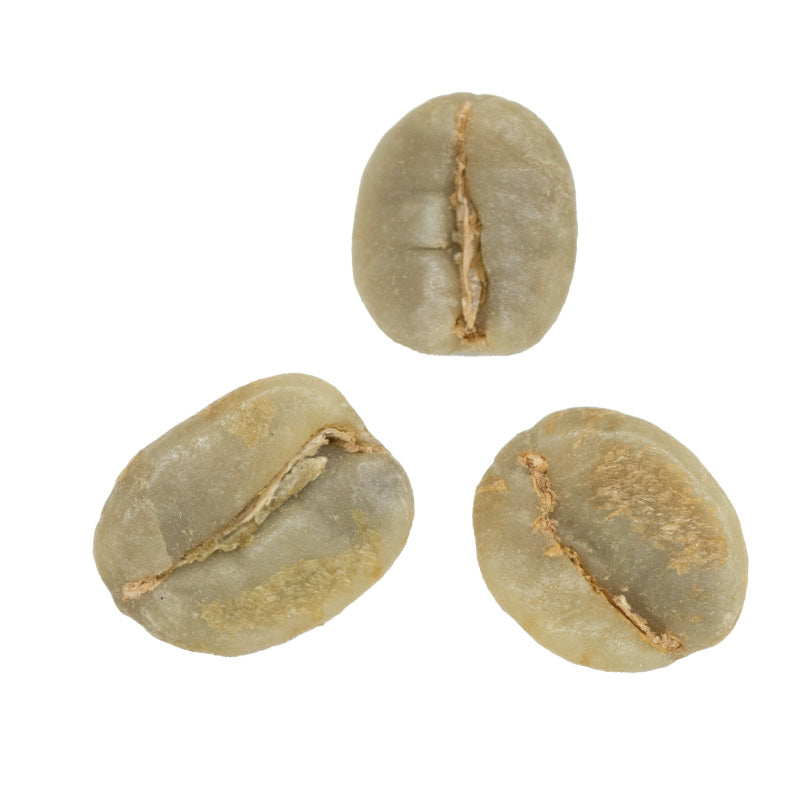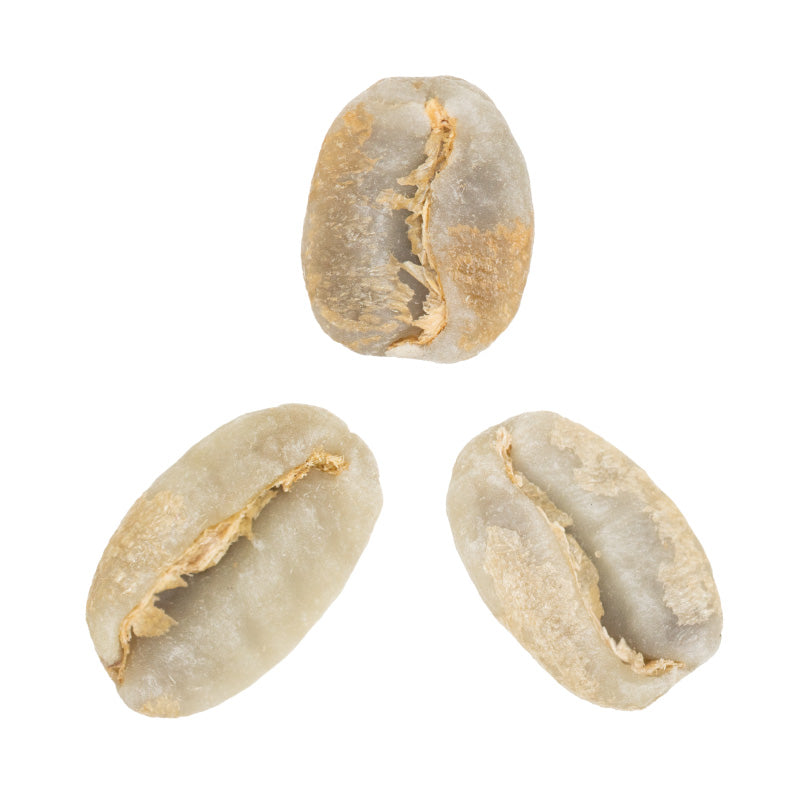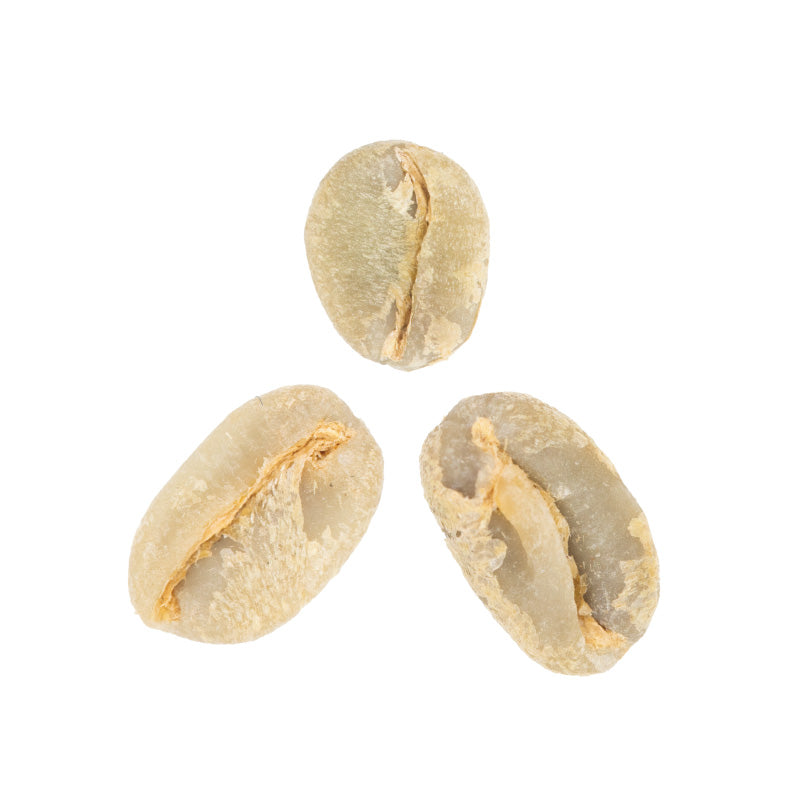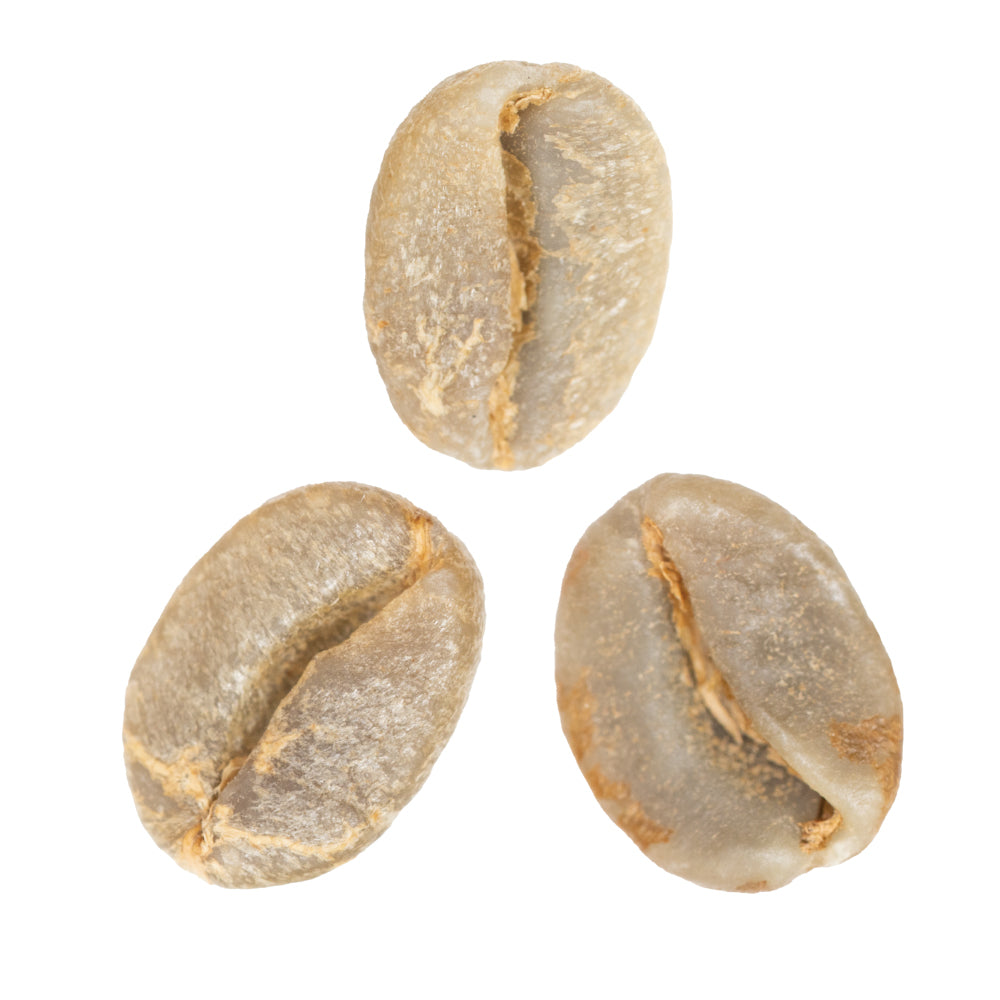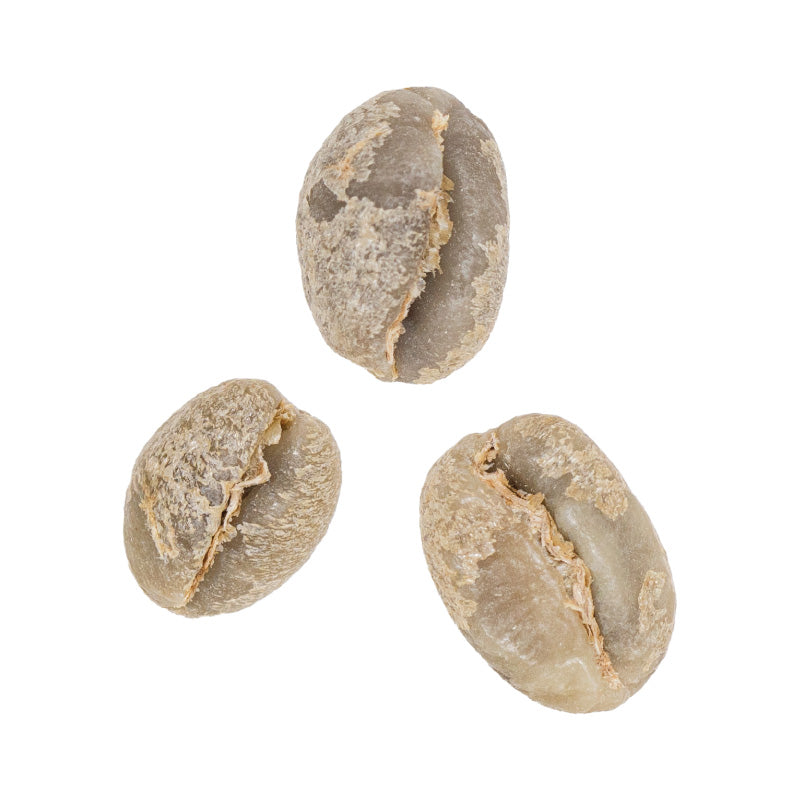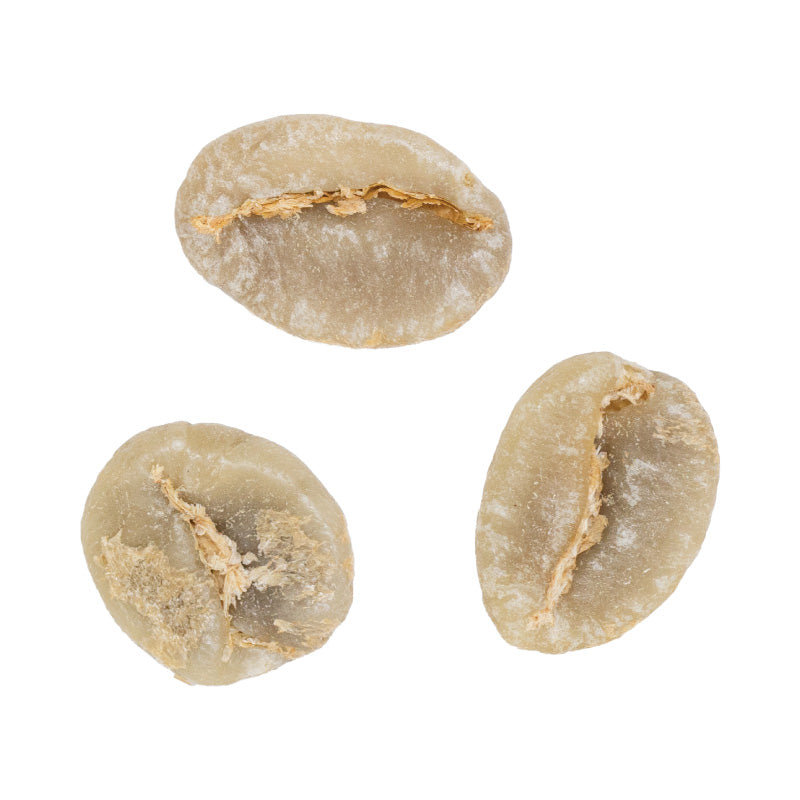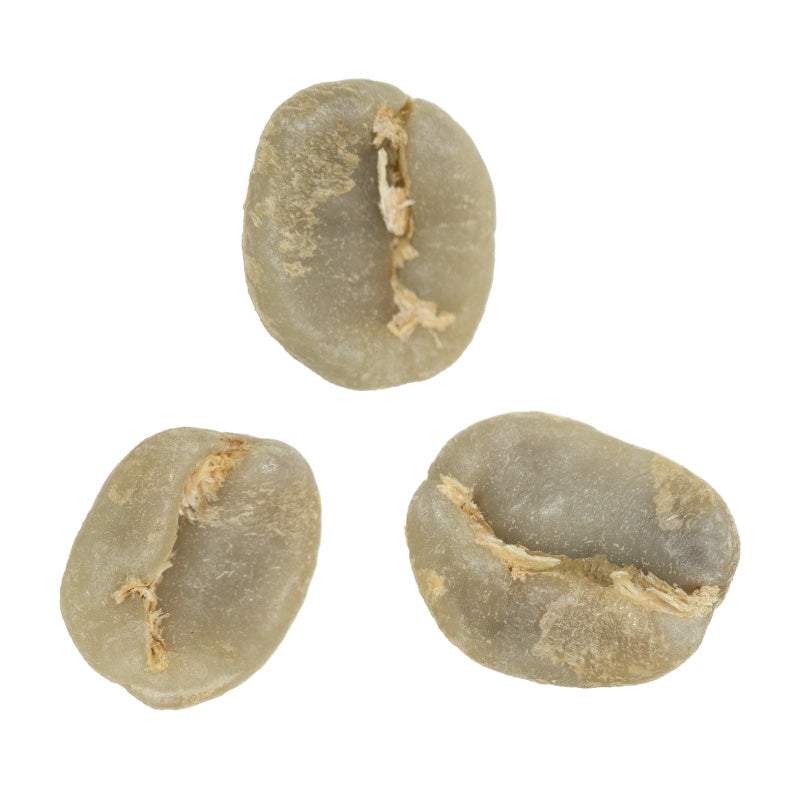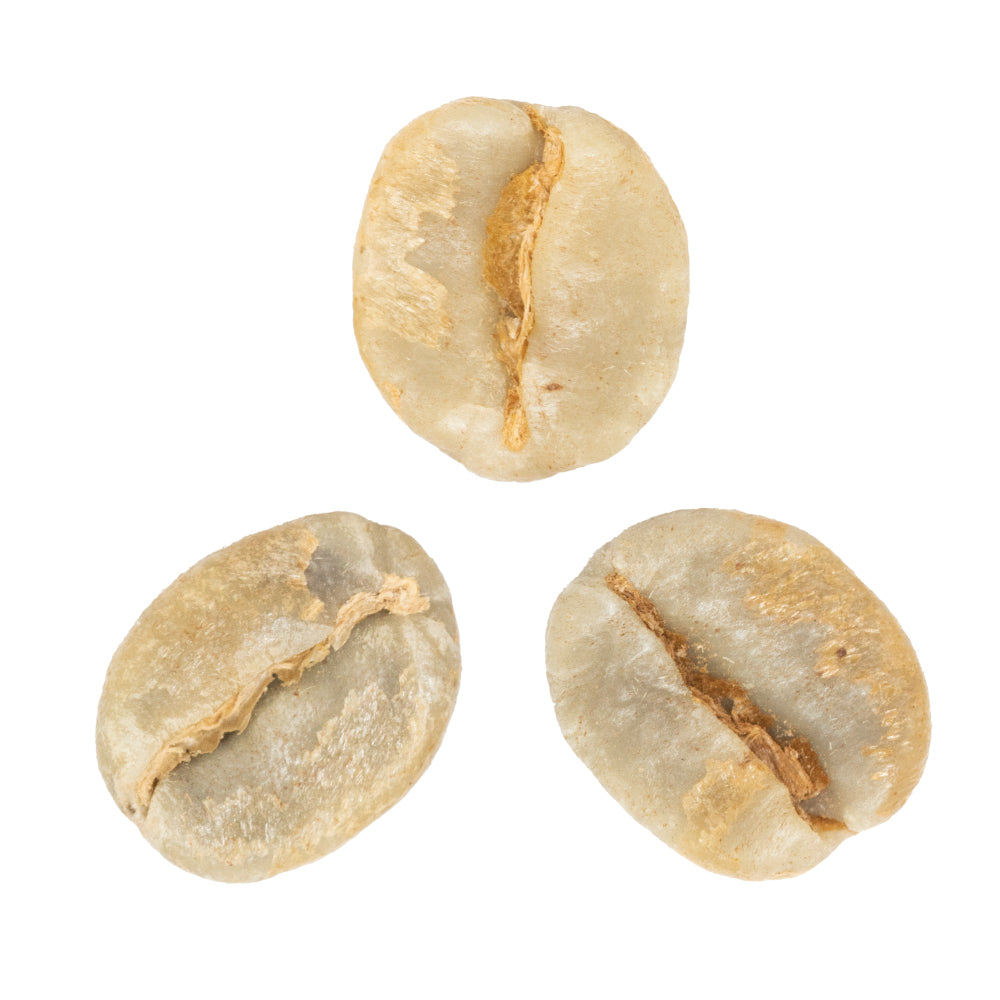Start with the basics •
Read our coffee 101 articleCoffee Variety Guide: An Overview of Arabica Cultivars
What Is Coffee?
Believe it or not, coffee isn’t a bean–it’s a seed. Coffee is an agricultural product just like bananas or avocados. It begins its life as the Coffea Arabica plant that produces coffee cherries. That’s right–actual cherries. Inside each coffee cherry are two seeds, which we call coffee beans.
There are two main plants that produce coffee: the Arabica plant and the Canephora plant (commonly called Robusta). We’ll only be dealing with the Arabica species since that is where the majority of specialty coffee comes from. Robusta’s coffee tends to be much more bitter and is of historically lower qualit.
As we said, like apples, there are thousands of varieties within the Arabica species, each one with its unique characteristics. For example, a Gesha bean will be more floral than a Bourbon; a Catuai will be more acidic than a Typica, and so on.
It’s easy to tell the difference between these varieties with the cherries, but what makes coffee so nuanced is that the fruit is removed, which breaks down the whole anatomy of the seed itself. And that’s before the seed’s color is altered by roasting it. The coffee process whittles down those once-obvious distinctions to a finely-tuned set of micro differences.
Where Do Coffee Varieties Come From?
Today, it may seem as though Arabica coffee has always been around and comes from everywhere: Sumatra, Papua New Guinea, Brazil, Kenya–you name it.
But all Arabica coffee traces back to one place: Ethiopia.
It’s also relatively new. Back in the 1400s, one of the varieties of the Coffea Arabica plant was transported to Yemen. Here, coffee as we know it began to be cultivated, brewed at first by Sufi monks to help them stay awake during prayers. By the 16th century, it had been traded to the Middle East. Coffeehouses became a part of the culture in places like Egypt, Iran, and Syria. By the 17th century, it had spread to India and Europe–gaining near-global popularity.
But even though coffee has become a worldwide phenomenon, there are still thousands of unknown varieties growing wild in Ethiopia–what we call landrace varieties.
That’s coffee’s history in a nutshell. Now, back to varieties.
All plant and fruit varieties are the result of either natural processes or human engineering. For coffee varieties in particular, the three main categories of coffee varieties come as a result of natural mutations, natural hybrids, and engineered hybrids.
That very first Arabica plant transported to Yemen was a variety known as Typica. Typica is one of the ‘parent’ varieties from which most other varieties come. And this is where the story of coffee varieties really begins.
Natural Mutations
As the Typica variety was traded from Yemen to everywhere else, it found its way to the island of Bourbon (pronounced: “boar-bone”--today, the island of Réunion) and something amazing happened.
Growing in the soil of Bourbon, the plant mutated. And while in comic books, mutations are generally considered a bad thing, in the world of coffee, they are a portal to a magical new world of possibilities. In this case, the mutation produced the variety named after that island–Bourbon.
While Typica produces a clean, balanced, great cup of coffee, it’s also highly susceptible to plant diseases and has a relatively low yield of coffee cherries. This new variety was more productive, more resistant to disease, and produced a sweeter, more complex cup of coffee.
Typica wasn’t the only variety to walk through this magical portal of natural mutations. This process continued wherever Typica–or Bourbon–was planted around the world. These two varieties became the “parents”, if you will, of most of the other varieties.
But mutations aren’t the only natural process that creates new and different varieties.
Natural Hybrids
When two different varieties, say a Typica and a Bourbon, are planted in the same region, another magical portal opens: natural crossbreeding.
For example, by the 1940s, the Typica and Bourbon varieties were both growing in the same region in Brazil. At some point, they naturally crossbred and created a Typica-Bourbon hybrid: the Mundo Novo variety. This variety had higher yields than either of its parents, lower susceptibility to plant disease, and better cup quality.
With these natural processes alone, new varieties were guaranteed to continue popping up. But a whole different portal of varieties was about to be opened . Enter humans.
Engineered Hybrids
In the 1920s, a natural hybrid between Arabica and Robusta was discovered on the island of Timor. While its cup quality is not great, Robusta’s disease resistance is off the charts. Breeding with the Arabica plant, the Robusta imparted some of the disease-resistant qualities–a game changer when a single bout of coffee leaf rust disease can wipe out your entire crop.
The Timor Hybrid, as it was called, sparked cross-breeding programs as humans began experimenting with cross-breeding different varieties themselves. They began creating cultivars (varieties produced in cultivation by selective breeding) to see what they could come up with.
Though it would take decades, this endeavor was successful.
As more and more natural hybrids made their way into the world with more desirable traits than their parents, they became preferable to crossbreed for even more potential qualities.
For example, in the 1940s, the Instituto Agronomico of Brazil (IAC) bred the Mundo Novo variety (known for its high yields and cup quality) with the Caturra variety (a natural mutation of Bourbon known for its shorter, more compact stature) to see if they could produce a smaller, more efficient plant with high yields and cup quality.
They were successful. The Catuai variety was officially born.
Today, nearly every major coffee-producing country has their own institute for researching coffee, always striving to find the perfect combination of taste, high yields, resistance to diseases, etc.
There are obviously many other coffee varieties out there. And with mutations, hybrids, and the amount of human engineering that’s out there, this magical portal is still wide open.
The Coffee Journey
Explore all that goes into your morning cup
